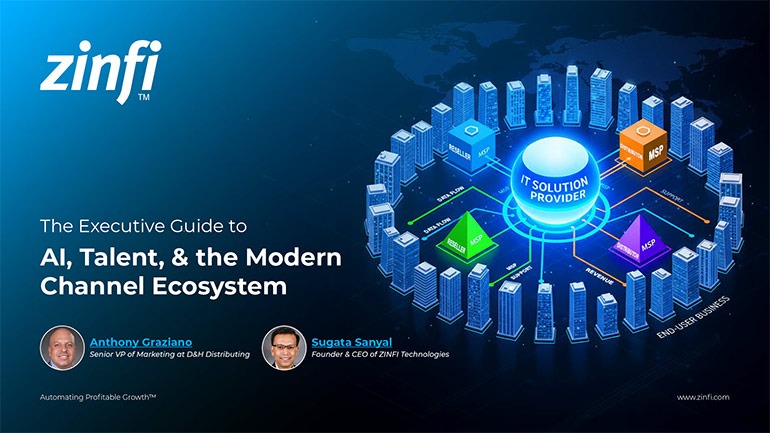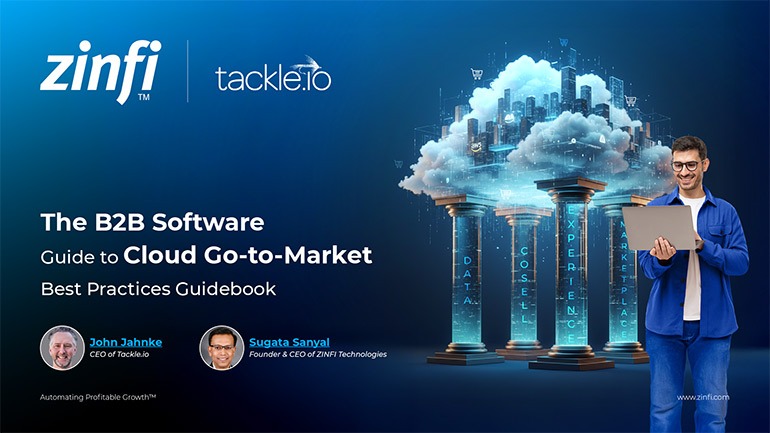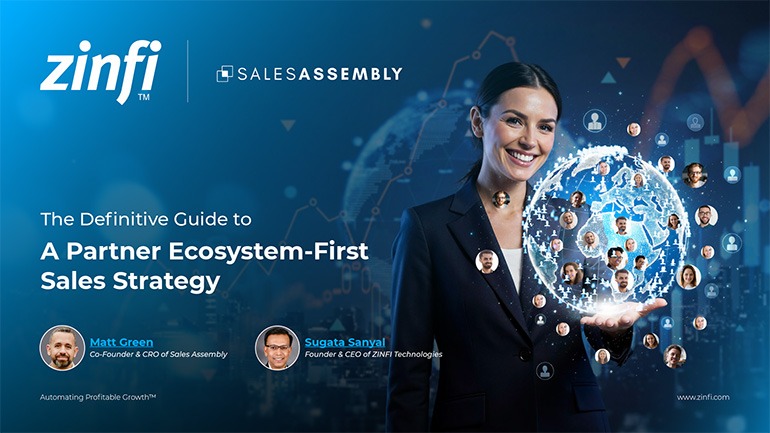Best Practices Articles

Must-Haves for Your Partner Portal – Part 1 of 2
Most partner portals today are a reflection of how the world used to be versus how they need to be. As we talk to our client base and their channel partners, we hear a high level of dissatisfaction with vendor portals, whether it's the technology platform, ease of use or how the content is uploaded, managed and used. Yet in every aspect of portal management, huge opportunities exist to drive more ROI by lowering cost and increasing usage by making it relevant to partners.
We have been doing partner research for the past few years to understand what would improve usage of partner portals, and make them a true value added tool for channel partners. Across all partner types we have consistently found demand for a core set of capabilities that would rapidly drive up portal and content utilization. Here is a two-part summary of our findings:
- Localized Experience – While most large vendors tend to have somewhat localized partner portals and user interfaces, the majority of the vendors today do not provide a fully localized experience. English tends to be the language of choice, and it does work for about half to two thirds of the worldwide market, but products that are sold globally through a large channel network really need to have a completely localized user interface, as well as localized content. While content localization is relatively easy, most portals do not take that extra step of providing a localized user interface and experience. To achieve this, it’s essential to pick the right Partner Relationship Management platform offering localized software user interfaces for key languages.
- Single-Sign-On (SSO) - Since most current portals are built up over years, using multiple discrete point solutions, these portals essentially end up acting as a gateway to various other tools, e.g., learning management systems (LMS), marketing development funds (MDF), Deal Registration, Sales Rewards, Rebates, etc. While a vendor may not be ready to switch to a completely new platform that provides all integrated tools in one platform, they should at least consider working with their other platform vendors to provide SSO connectivity. Why? Simply because partners do not remember passwords to all of these standalone platforms, so utilization rates go up instantly when you provide SSO.
- Unified Platform – If you are starting early in the game (like many early stage start-ups) or organizations that have recently decided to provide a state of the art partner platform, then you are already thinking about what a change you can make to partners’ experience. Look for a Partner Relationship Management (PRM) vendor with a good reputation in the market place, and that has successfully completed small, mid and large size deployments. Size matters because use cases vary a lot, so while you may be a large organization you may be working with countries that have smaller set up needs. Therefore, a vendor that only addresses large markets in the English language may not be the right for you if smaller, lucrative countries like Korea or Poland are not properly supported.
- Mobile Responsive – Most partners are out of the office at least fifty per cent of the time, and therefore access emails, websites and documents over their handheld devices – be it a smart phone or tablet. Therefore, making sure partner portals and the tools to which they connect are fully mobile responsive is absolutely critical. Data from our in-house research shows that mobile responsive partner portals experience three times more access and usage.
ZINFI’s Partner Relationship Management (PRM) and Partner Marketing Management (PMM) applications give you a state of the art platform with solid performance records from dozens of localized deployments that can address your partner portal needs in a holistic way. Please read more in Part 2.
Best Practices Guidebook
 Modernizing Channel Marketing: AI and Ecosystem Enablement Best Practices
Modernizing Channel Marketing: AI and Ecosystem Enablement Best PracticesDownload for FREE
 The Channel’s Shift to Partner-Led With AI Best Practices
The Channel’s Shift to Partner-Led With AI Best PracticesDownload for FREE
 Hyperscalers, ISVs, and AI: Shaping the Future of B2B Software Distribution
Hyperscalers, ISVs, and AI: Shaping the Future of B2B Software DistributionDownload for FREE
 Definitive Guide to a Partner Ecosystem-First Sales Strategy
Definitive Guide to a Partner Ecosystem-First Sales StrategyDownload for FREE
 The Partner-Led Digital and AI Transformation Best Practices
The Partner-Led Digital and AI Transformation Best PracticesDownload for FREE
 Startup Talent Recruitment: Hiring Missionaries, Not Mercenaries
Startup Talent Recruitment: Hiring Missionaries, Not MercenariesDownload for FREE
 The Future of Partner Relationship Management with AI in Partnerships
The Future of Partner Relationship Management with AI in PartnershipsDownload for FREE
 Cybersecurity for the 99%: Strategies from the Frontline
Cybersecurity for the 99%: Strategies from the FrontlineDownload for FREE
 Mastering Partner Relationships: A Strategic Approach to Business Growth
Mastering Partner Relationships: A Strategic Approach to Business GrowthDownload for FREE
 Mastering Partner Relationship Management: Keys to SaaS Channel Success
Mastering Partner Relationship Management: Keys to SaaS Channel SuccessDownload for FREE
 Navigating the AI Revolution: Guide for Partners in the Microsoft Ecosystem
Navigating the AI Revolution: Guide for Partners in the Microsoft EcosystemDownload for FREE
 Mastering the Modern Buyers Journey: Sales Leader’s Guide to AI & Engagement
Mastering the Modern Buyers Journey: Sales Leader’s Guide to AI & EngagementDownload for FREE










